Contingency planning isn’t something usually associated with weddings, unless it’s what to do if your best man forgets the rings or your father’s speech goes on too long. But as with everything else during the Coronavirus crisis, wedding planning at the moment is different! While there is still no clarity on a reopening of the economy, we do know that it’s going to be staged process. If your wedding is set for July to September or even later in the year, you’ve probably realised that some restrictions to contain Covid-19 are likely to have some effect on your plans. So today we thought we’d take a look at contingency planning for your wedding during the Coronavirus crisis.
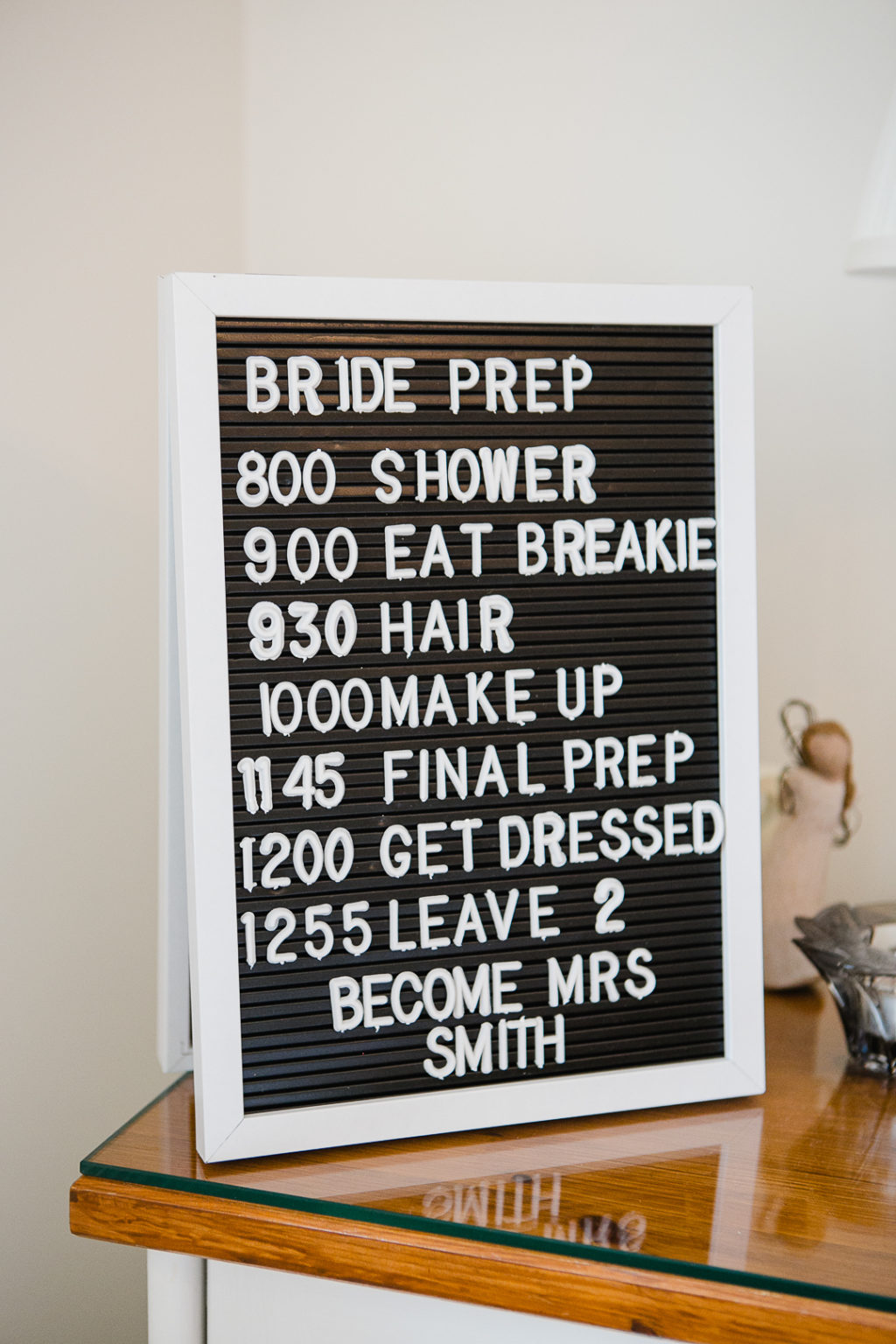
What's is Wedding Contingency Planning?
Contingency planning, or parallel planning, is where you make alternative plans that take account of specific risks and are ready to enact them if your worst case scenario happens. In times like these, where things are changing all the time, being flexible and decisive helps to minimise the stress, but that’s easier said than done. Working out your Plan B or C and having it ready to go will help relieve the feeling of helplessness and living in limbo.
Today we look some of the reasons you might need to adjust your Plan A and have a Plan B or C and what elements of your wedding might need to be affected.

The Current Risks Affecting Weddings During the Covid-19 Crisis
There are three main risk factors affecting hosting a wedding right now - and they focus on who can actually make it and how many guests you can have:
- Numbers are limited by government restrictions (e.g. 10, 20, 50 or less than 100 guests)
- Certain International travel is still curtailed or limited
- Vulnerable individuals and groups are still strongly advised to self-isolate after wider restrictions are lifted
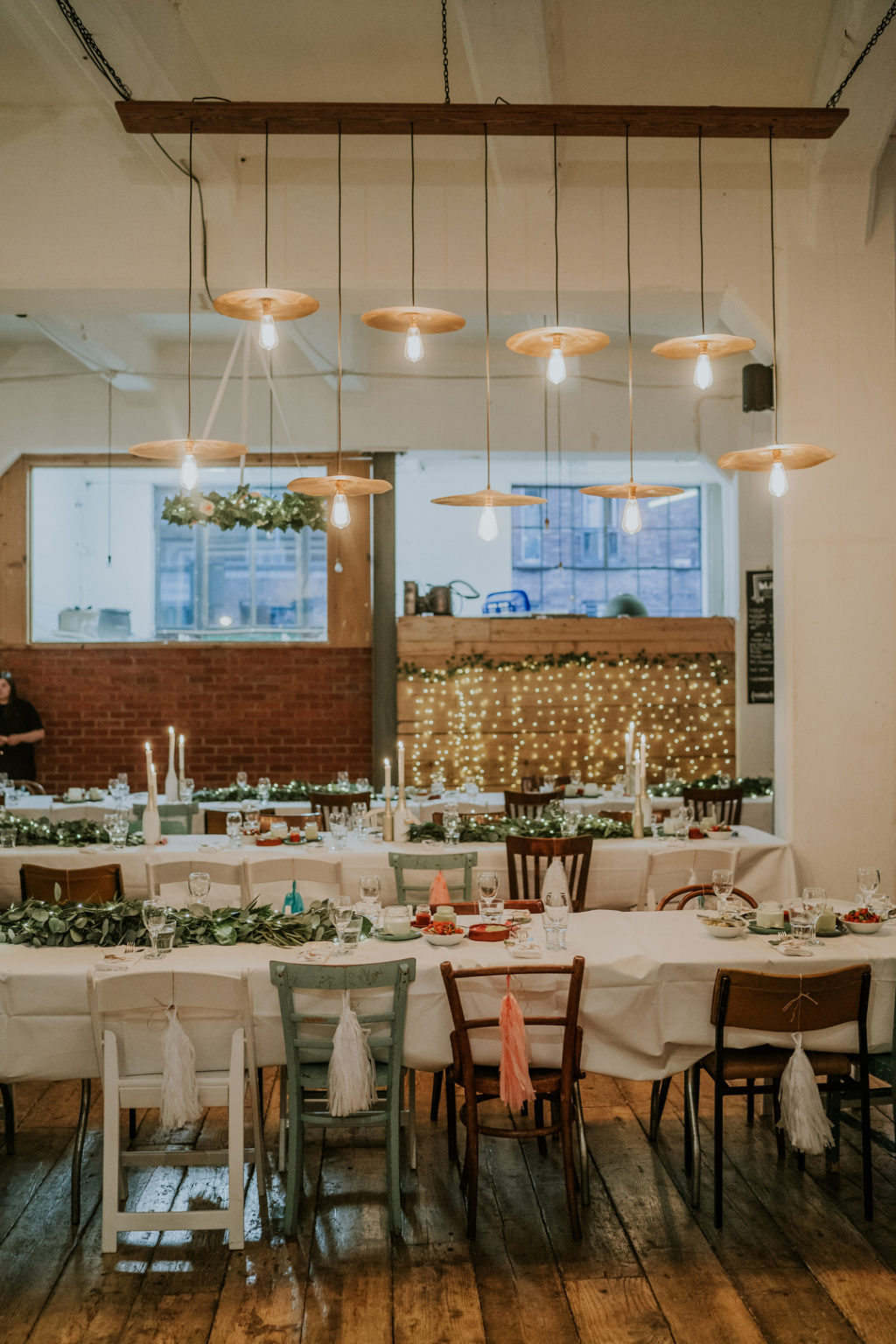
Making a Contingency Plan
Some people may not need a contingency plan, for others the Plan B will just be some minor adjustments to Plan A. So please don't think we're suggesting everyone start having lots of different plans running at the same time - we've all got enough to be stressed about. But depending on when your wedding is due to happen or how many guests you have travelling or generally if it's larger gathering, it's worth spending time considering what you'll do if restrictions mean you can't go ahead exactly as you had originally planned.
The adjustments will make up your Plan B and if you feel you need it, think through a Plan C.
Below are a number of specific elements to think through to help you make a decision:

1. Your Guest List
It’s worth reviewing your current guest list and prioritising before you make any decisions. Simply making a list of your guests and numbering them 1 -100 etc will give you a good idea of your cut off points. It’s worth seeing clearly if 20 guests means half your immediate families can’t be at the wedding or does it cover the most essential people? Likewise, does 50 make for a good smaller wedding for you or would it just not be the same without the people who are next on the list?
Will you need to split into two events - one smaller and one larger party later?
It’s worth highlighting those who are vulnerable and may be advised to continue cocooning or those who won’t be able to travel to the wedding.
Claire has written a handy guide to reducing your guest list should you need to downsize.

2. Find out the Options from your Venue
If you are considering reducing your guest list, it’s important to you think about the space you are using within your venue. Will the existing reception room work well for the smaller number you have in mind or are there alternative spaces the venue could offer, e.g. a private dining room or separate restaurant area?
Another key point to discuss with the venue is the minimum spend, in light of a smaller number. You may find this information in your contract or the venue's brochure. Another point to clarify with your venue if necessary, is about accommodation if it’s an element of the contract (i.e. block booking a minimum number of rooms).
It’s important to discuss these questions with your venue when creating your contingency plan and reach a back-up solution together that will work for everyone.

3. Review Your To-do List and Supplier Plans
Make a full list of suppliers and how your plans together might be affected. On reviewing your to-do list, consider if with lower guest numbers and changes to the plans, are you going to need every element? Are some elements going to need adjustment?
Examples include: your wedding cake table for 150 people might now be swapped to a single cake for 50. If you’re having 20 people instead of 120, the number of table centrepieces will be reduced. Fewer guests will require fewer wedding favours etc, etc.
If a date change is part of your contingency plan, then check if your suppliers are going to be available? Can they pencil you in and when will they need confirmation of the new date? The new date may have knock-on effects on the timeline or the catering options, so make a list of any decisions that will need to be made if you do change the date.

4. Children
If you were having children as guests at your wedding, you may need to have a rethink or minimise their involvement. If the number of guests is limited, you may want to prioritise other individuals and depending on government policy there may also be restrictions around children.
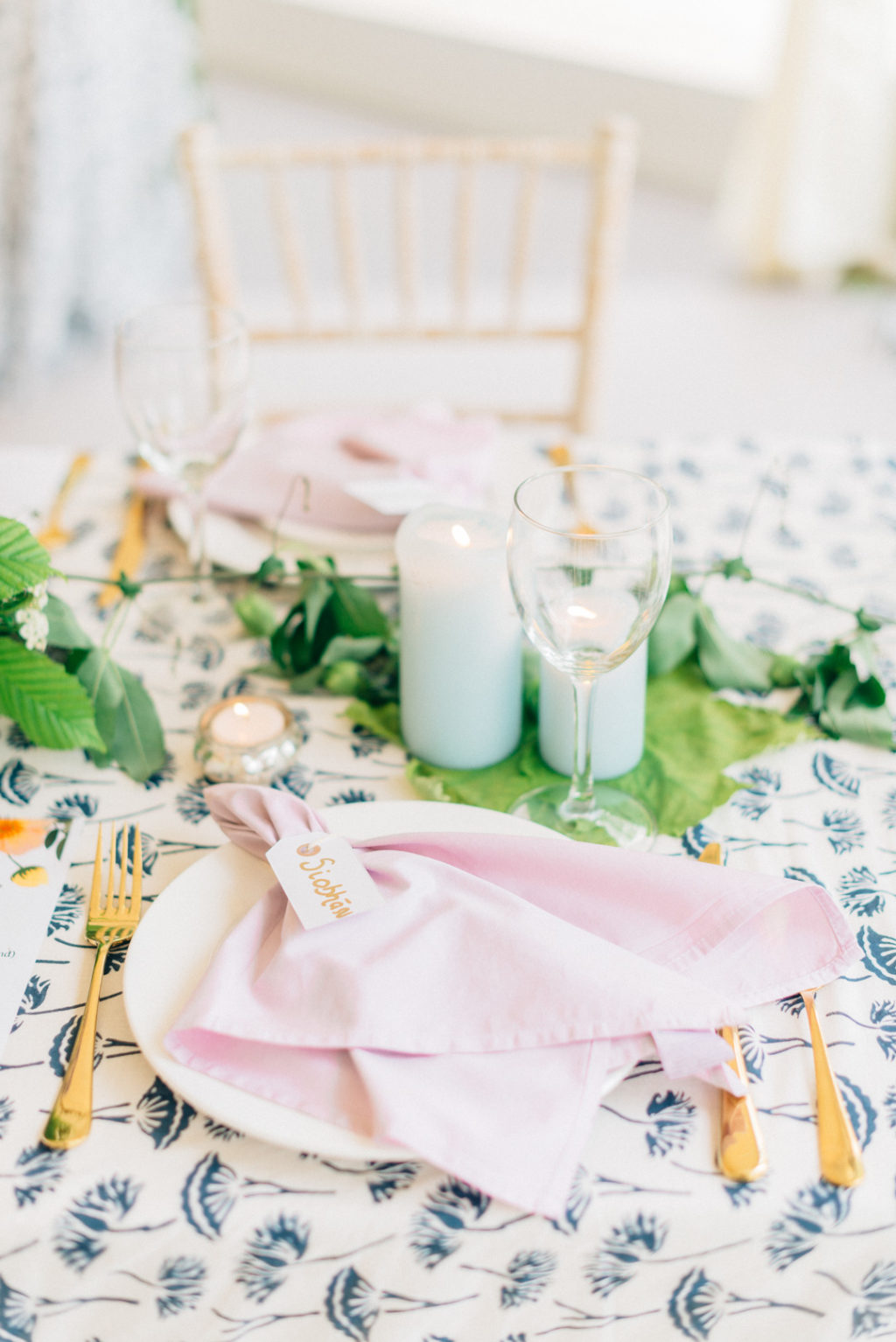
5. Decor & Styling
Decor and styling are not hugely affected by a reduction in guests, but they may be if you change the date of your wedding to a different season. While this is not a crucial part of most basic contingency plans (don't get bogged down in too many ifs and maybes at this stage), it is something to have noted on your to-do list, if applicable.
We will be following up with specific articles on how to change a spring wedding into a winter one if you already have your dress/colours/decor chosen.
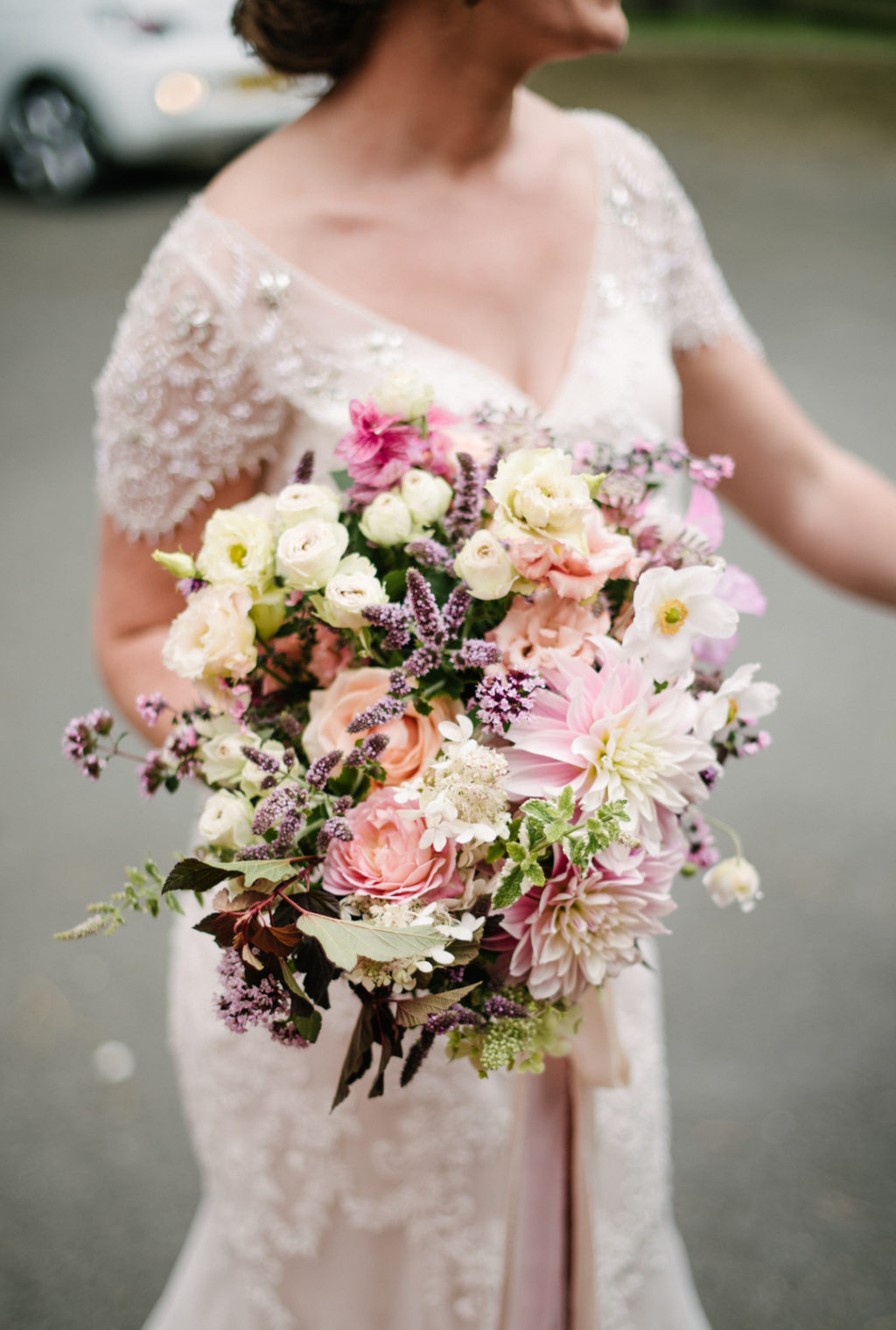
6. Budget & Agreements
Keep meticulous records of any changes made with suppliers and confirm everything by email so everyone is on the same page. Keep a separate budget sheet for your Plan B, with a note of any possible changes you've agreed.

Finalising Your Wedding Contingency Plan
After considering all of the above and anything else that's specific to your plans, you should have at least one contingency plan - maybe two if you are really concerned about how the restrictions are going to affect current wedding plans.
Everyone's contingency plan will be unique to them. For some, the contingency plan will look the same as their original plan just with a smaller number of guests, for others it may mean essentially the same wedding, but with a change of date because of travel or important guests. For you, it might be something in between.
For example:
- Plan A - go ahead with small adjustments based on reduced guest list
- Plan B - smaller wedding of 50 guests on original date
- Plan C - small wedding celebration and ceremony with 20 guests on original date, and bigger wedding on a second date pencilled in with the venue
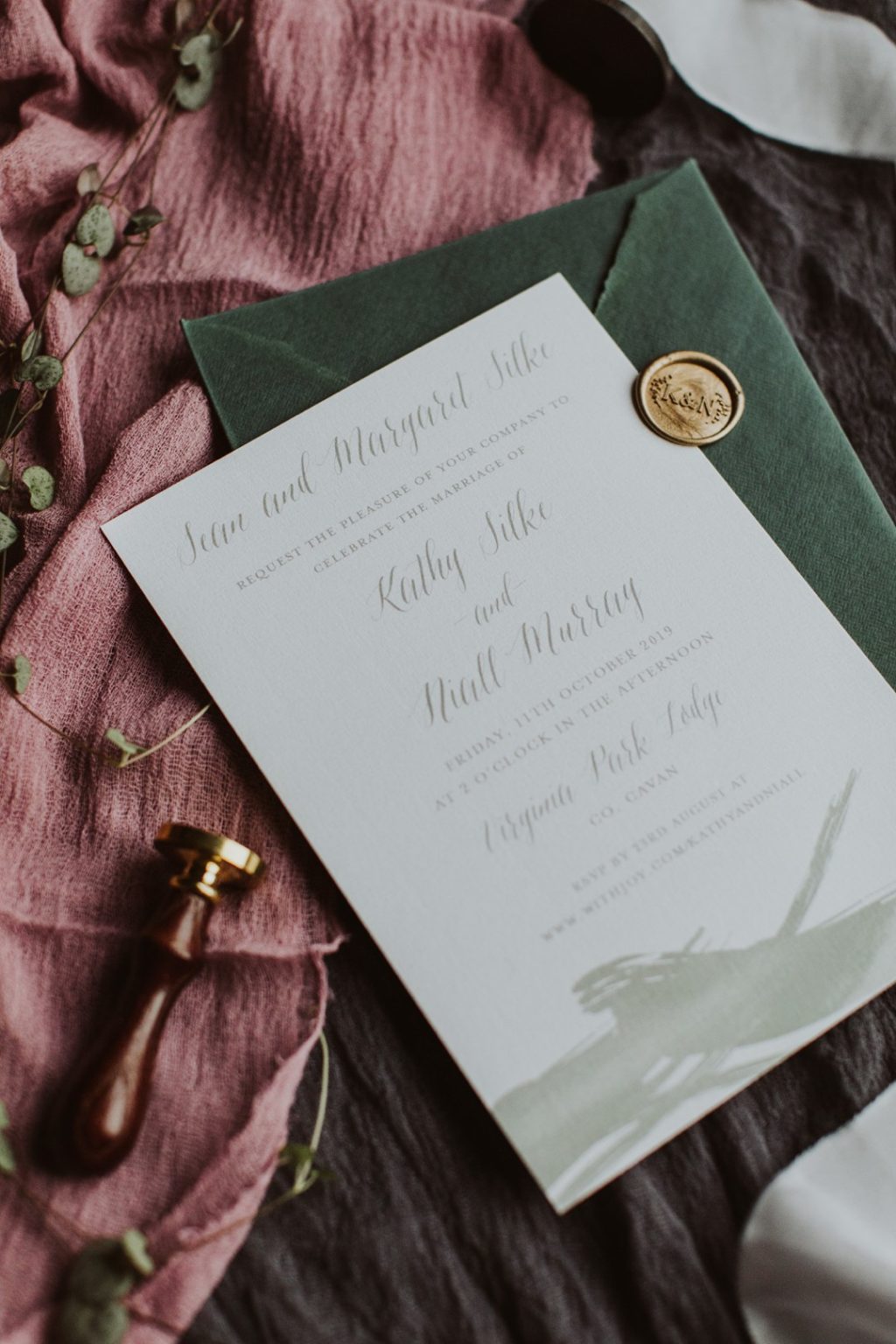
When to Act on Your Contingency Plans
While the situation is fluid and no one has insider info on how it's going to play out, it's important if you are going to have contingencies, that you are clear when you will use them. Give yourself a cut off date and/or a cut-off point for when a decision has to be made.
Examples of these would be:
- Government restrictions make it clear that you can’t have more than 50 guests on your chosen date - kick start Plan B
- The venue stipulates you must confirm by a certain date

Hope for the Best, Plan for the Worst
All of these ideas are simply suggestions for things you might want to think through, depending on your circumstances. We are not suggesting everyone should be running three parallel wedding plans - as we said above, you have enough to be worrying about at the moment! But some of the points raised above might help you to think about what you would do in the case that Plan A couldn't go ahead exactly as you planned. It will stop you from being blindsided.
The most important thing throughout this process is to be clear and consistent with everyone you’re communicating with. If you are putting together a contingency plan, explain clearly to your venue and suppliers that you are working on your back up plan. Discuss your questions and concerns and any changes you’re considering on your plans. Ask them for any questions they need answered, and what they need from you to make it all run as smoothly as possible.
Hopefully the contingency plan will only ever be a back up, but if working out a Plan B combats stress and gives you peace of mind, then it's something worth considering.
As always, we're here to help in whatever way we can, if there's anything you'd like more information or advice on, just drop us a line on hello@onefabday.com or DM us on instagram we'd be delighted to help.
Get more of our practical guides for a planning a wedding around Coronavirus
Feature image: Molly Carr via One Fab Day




